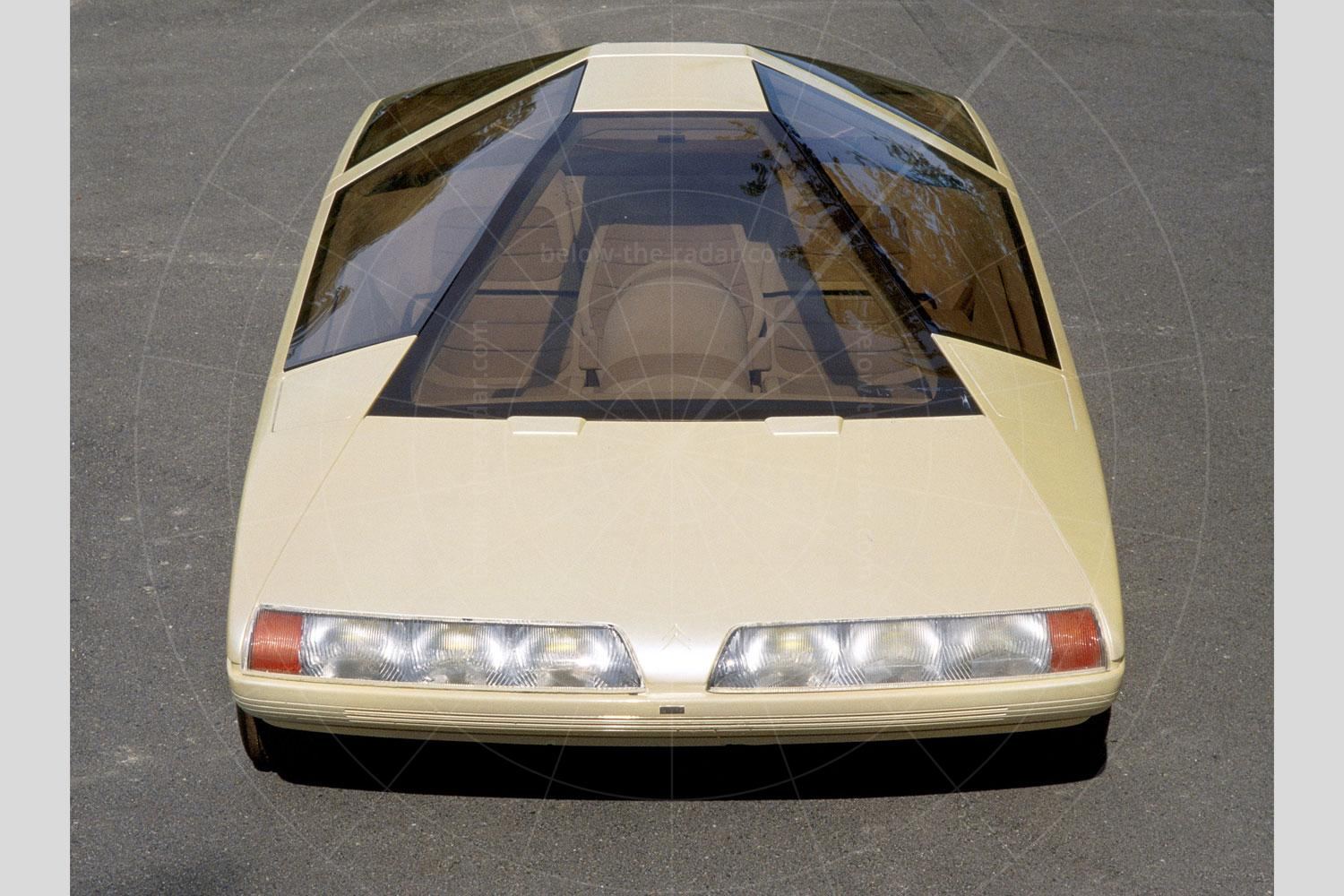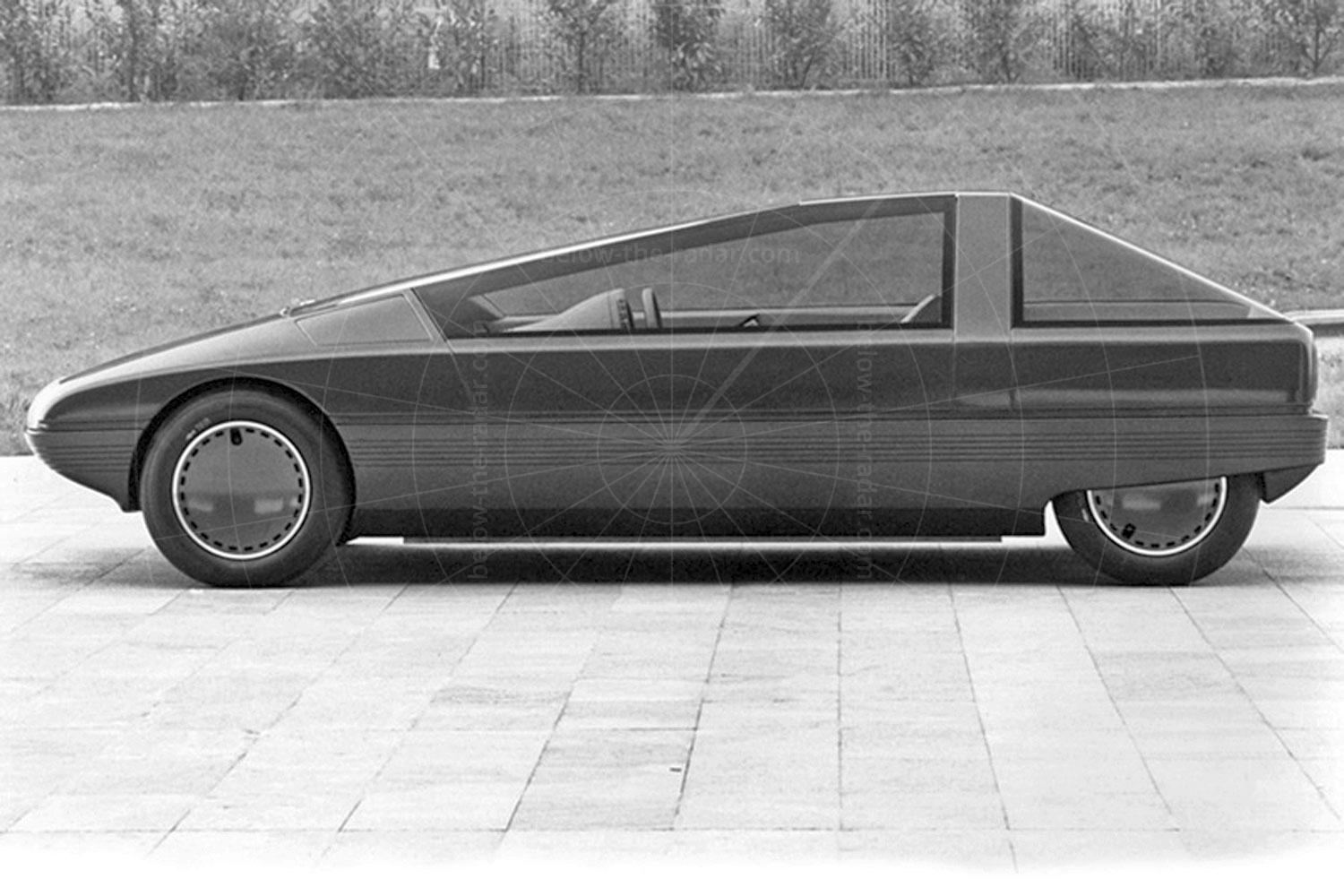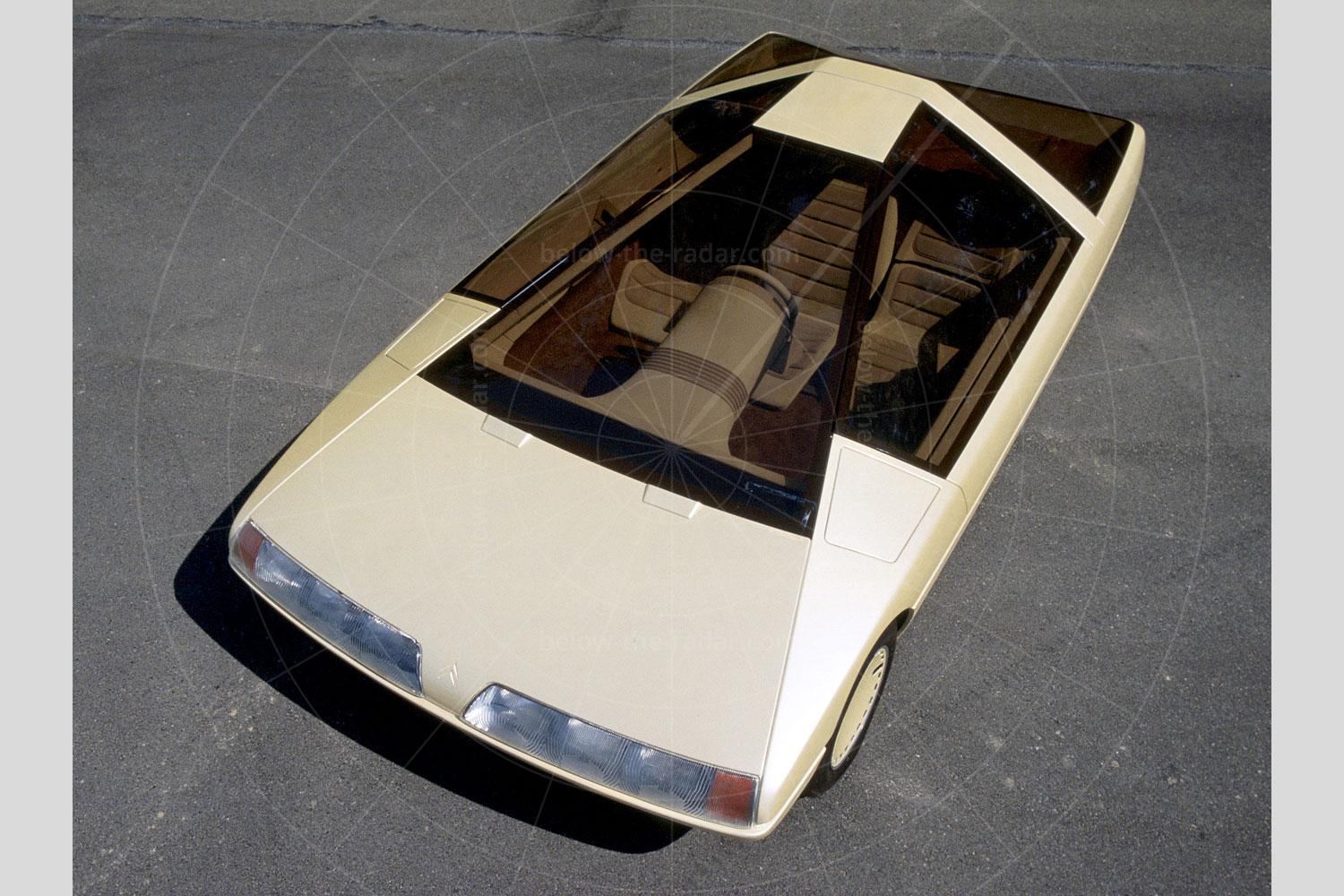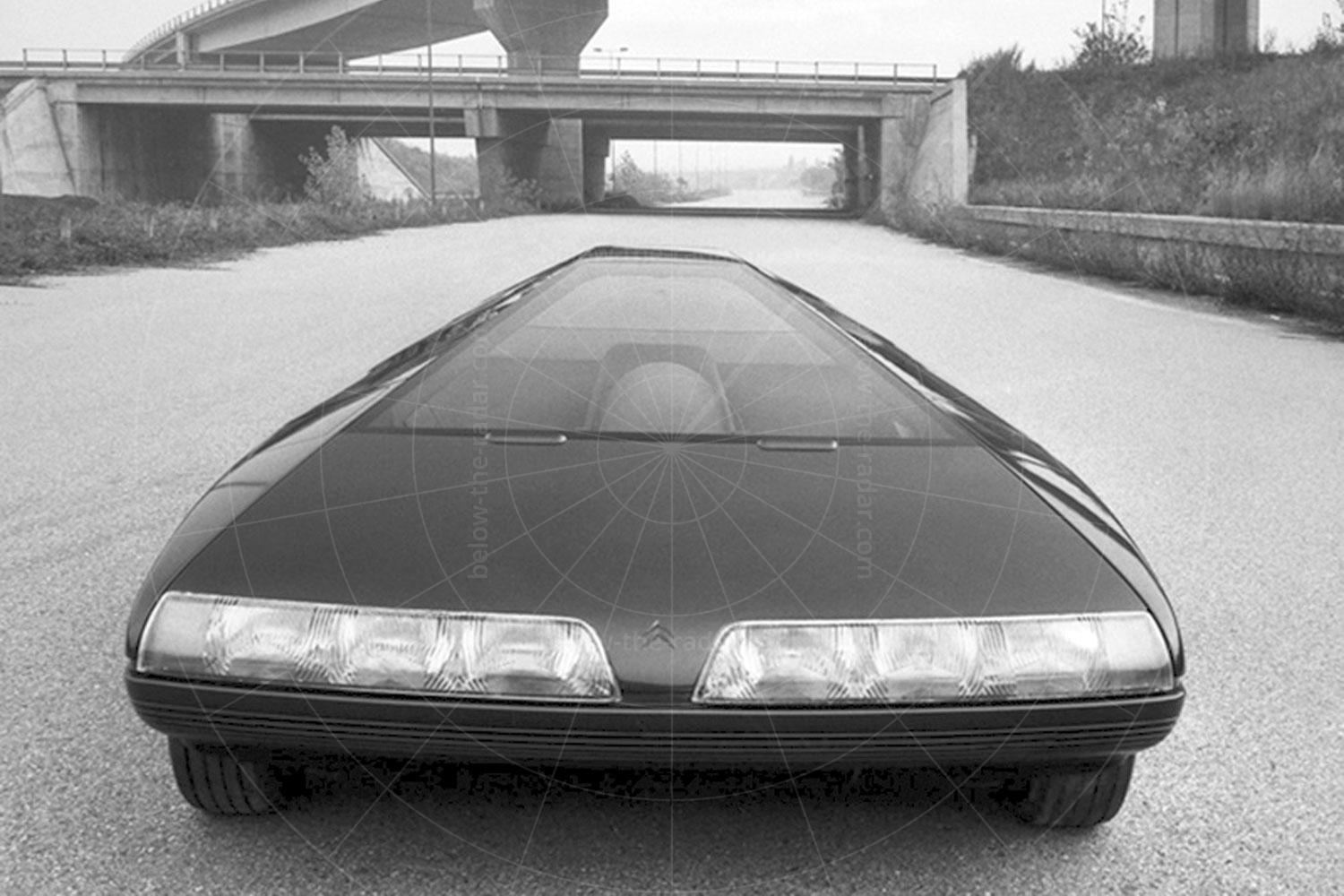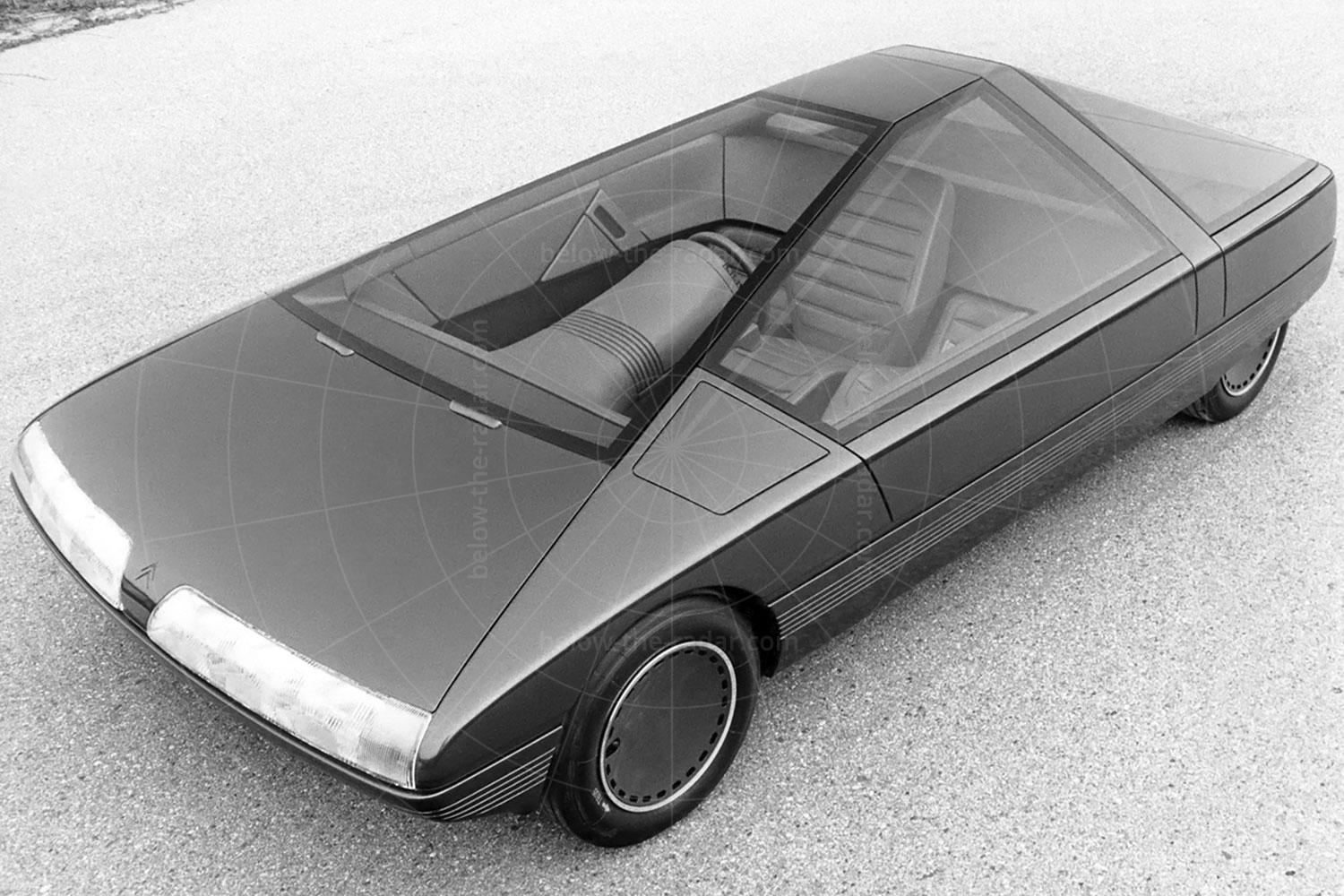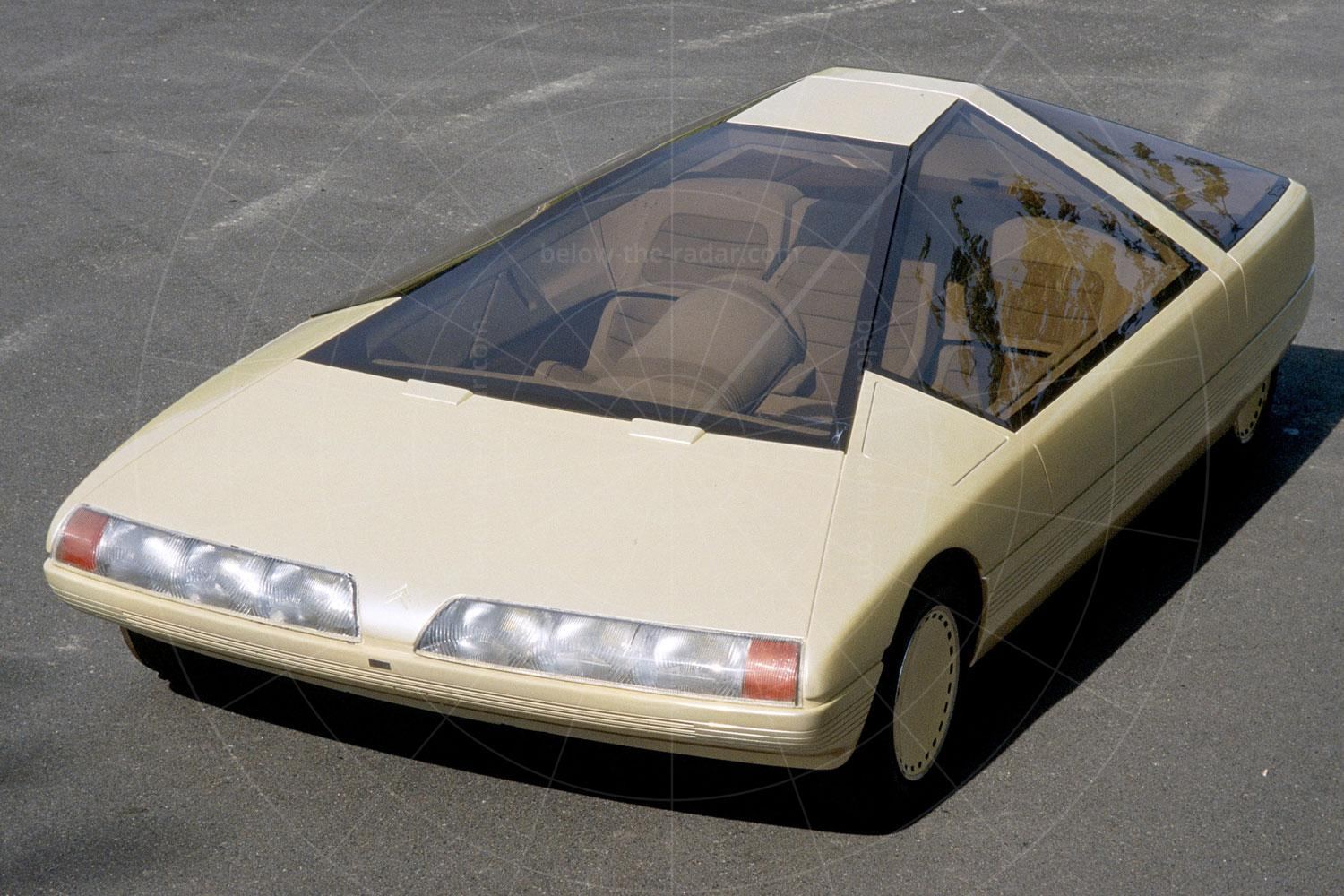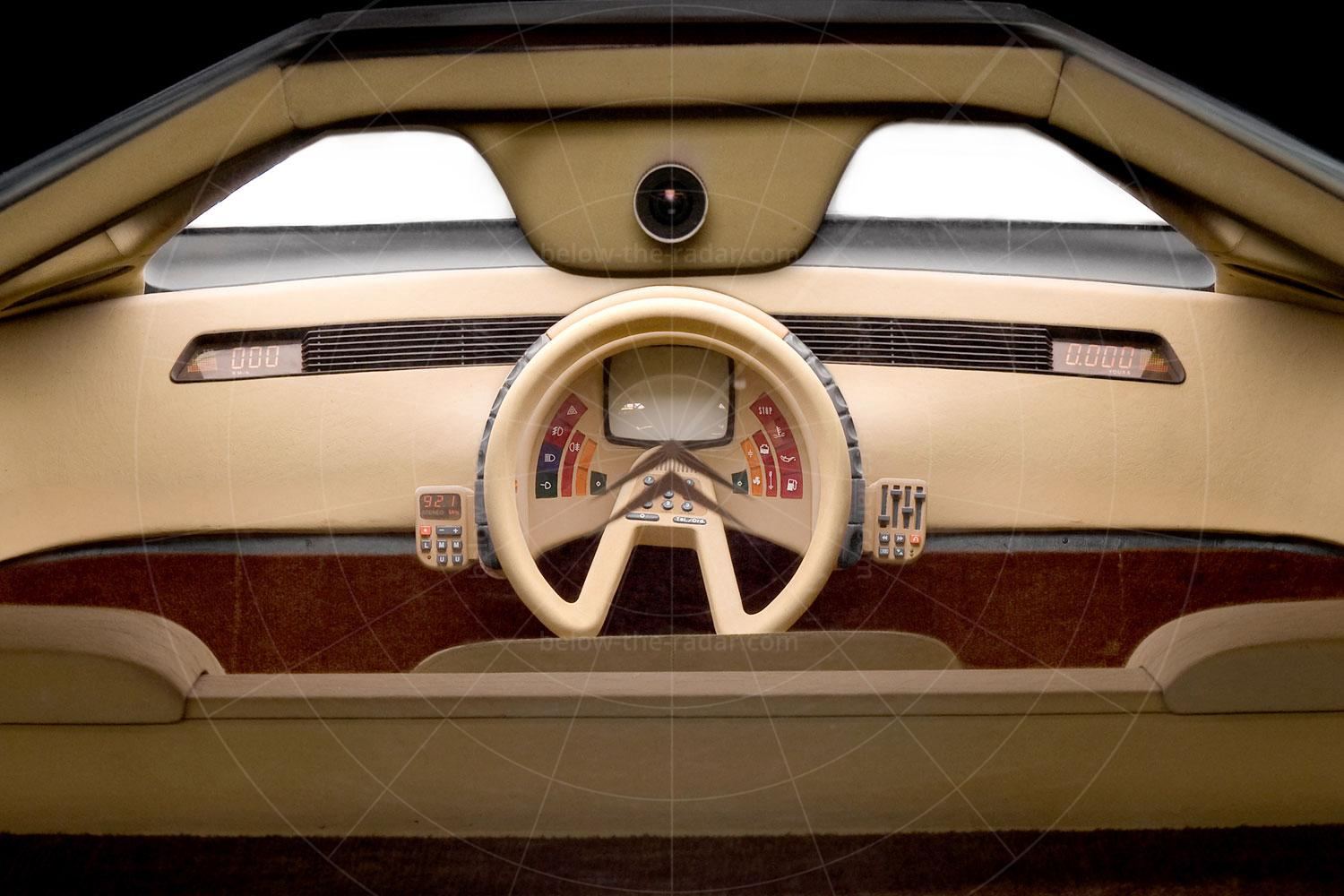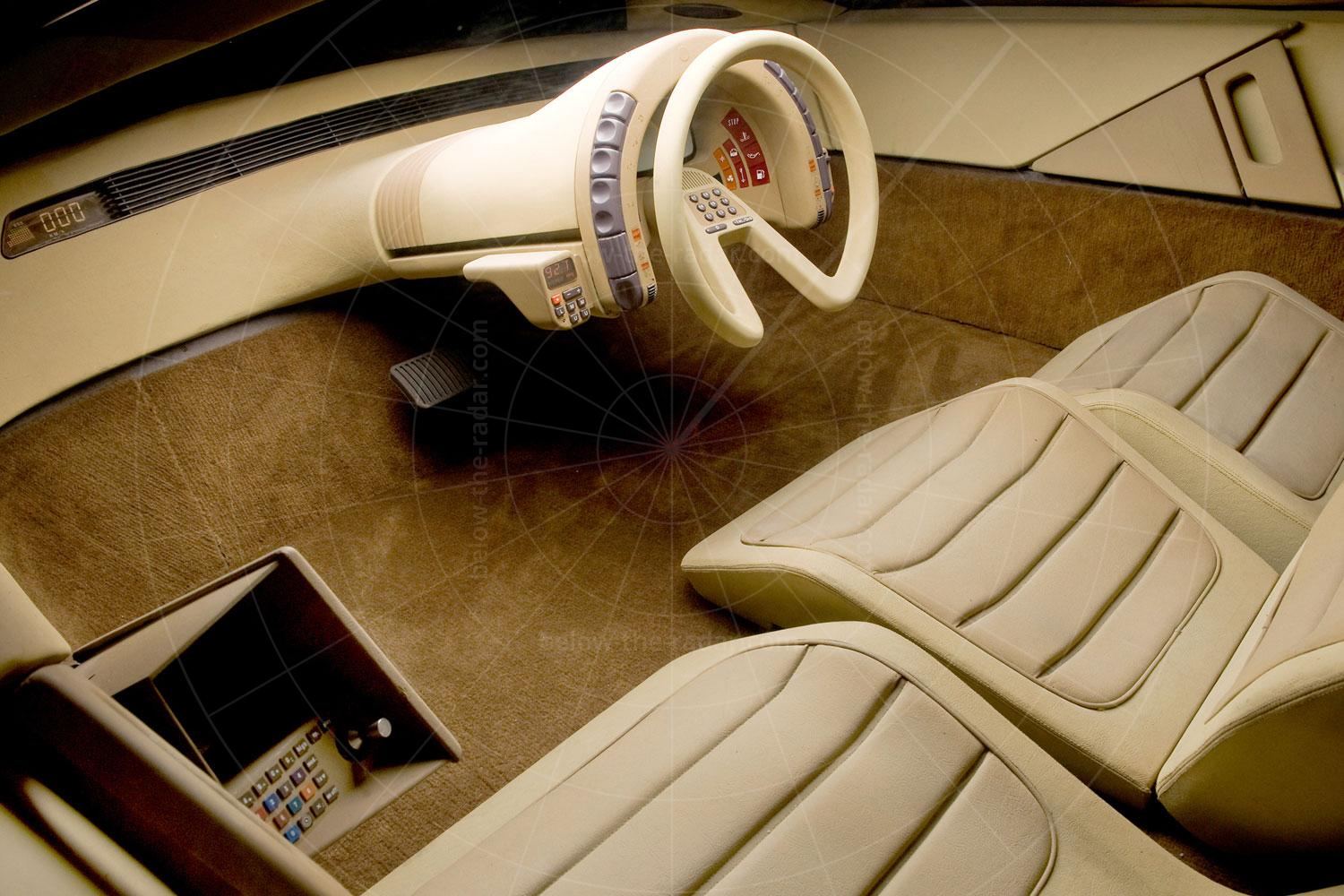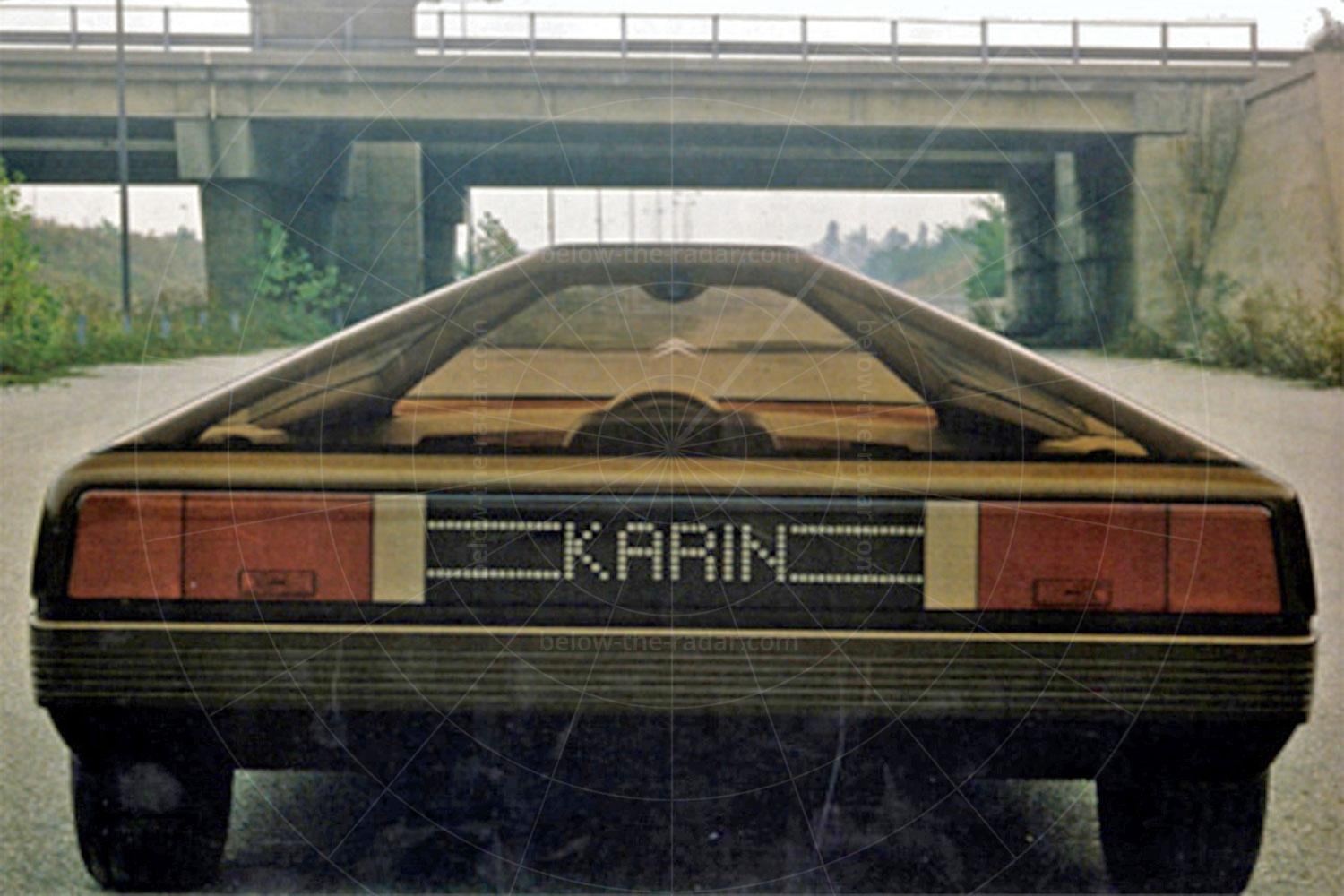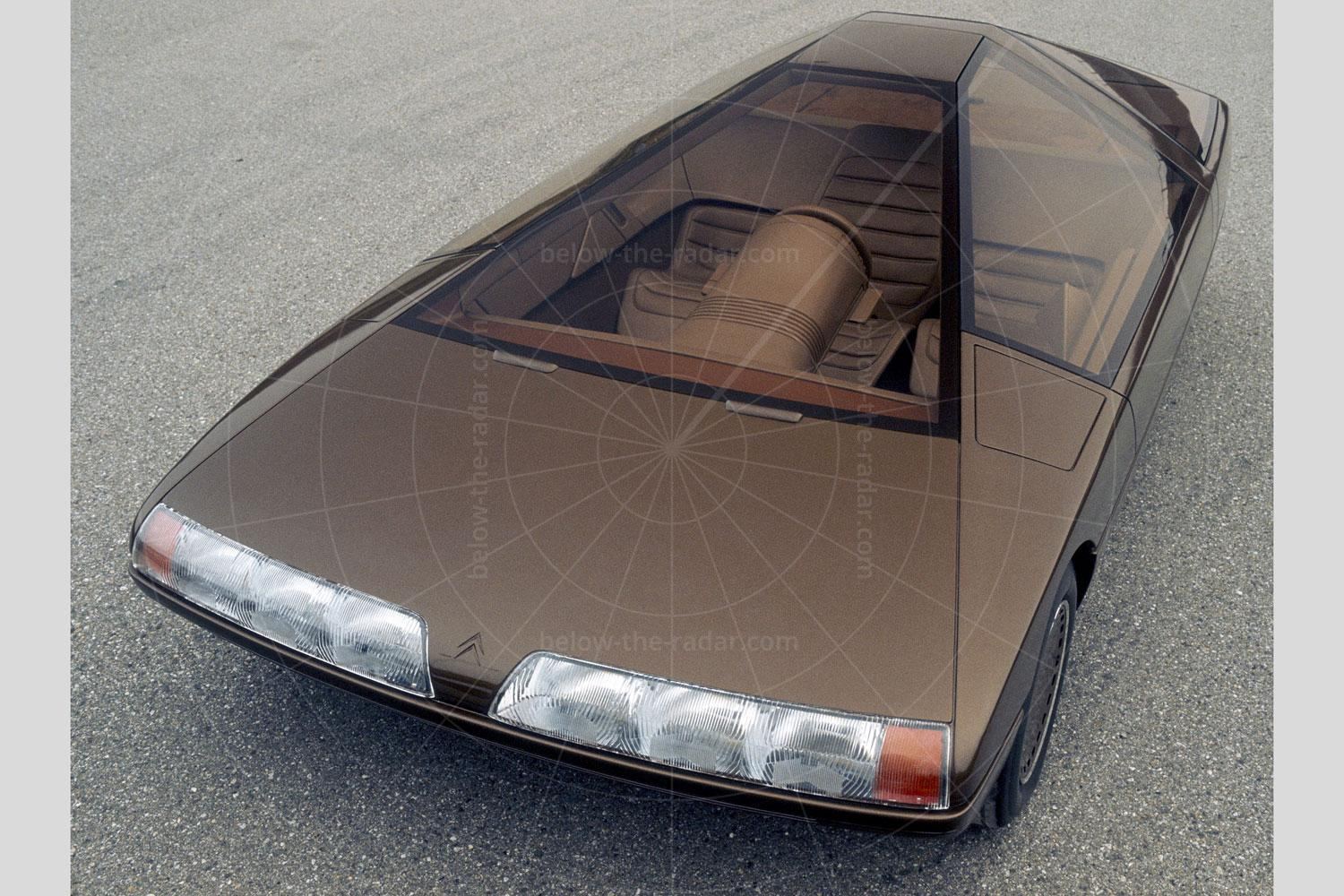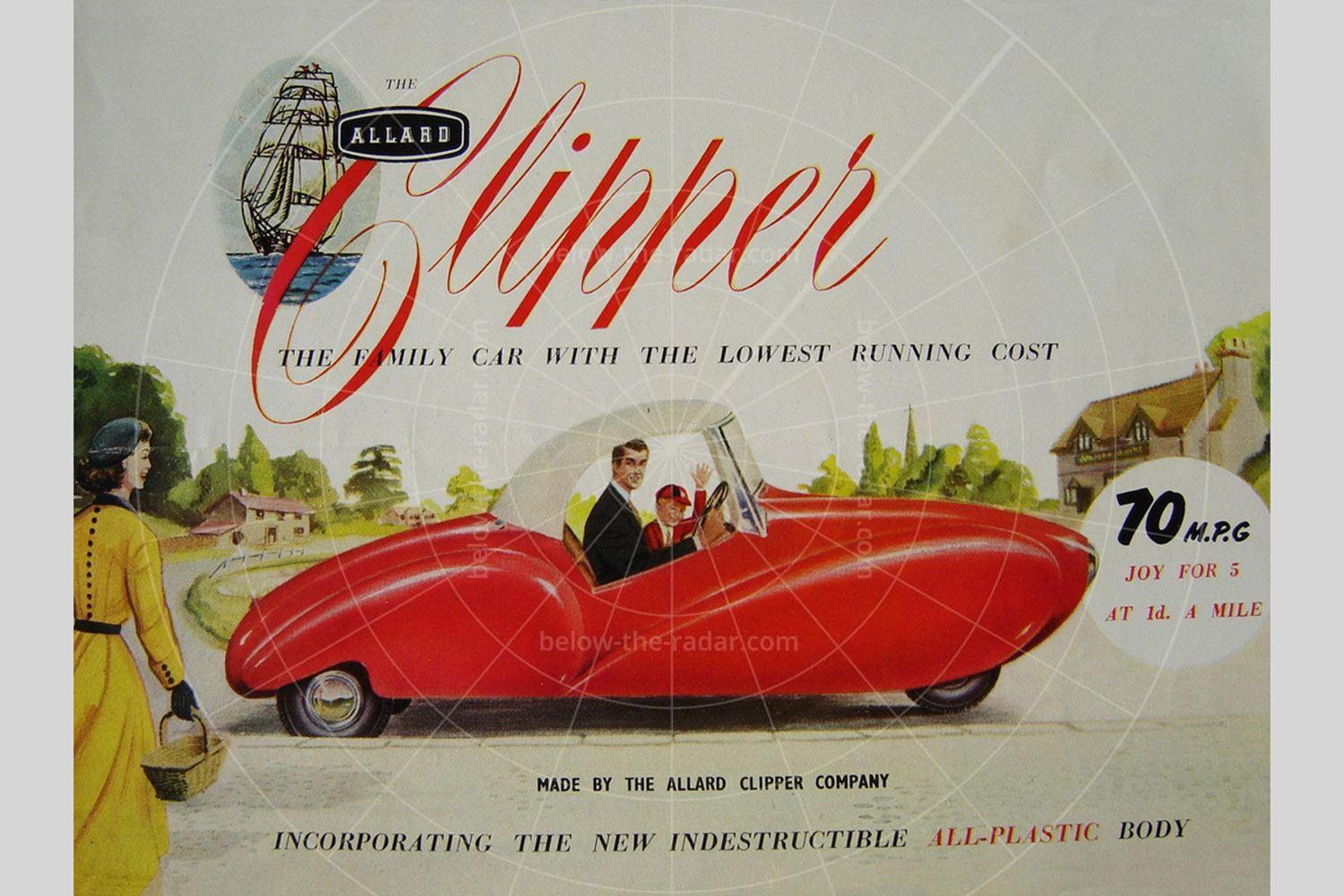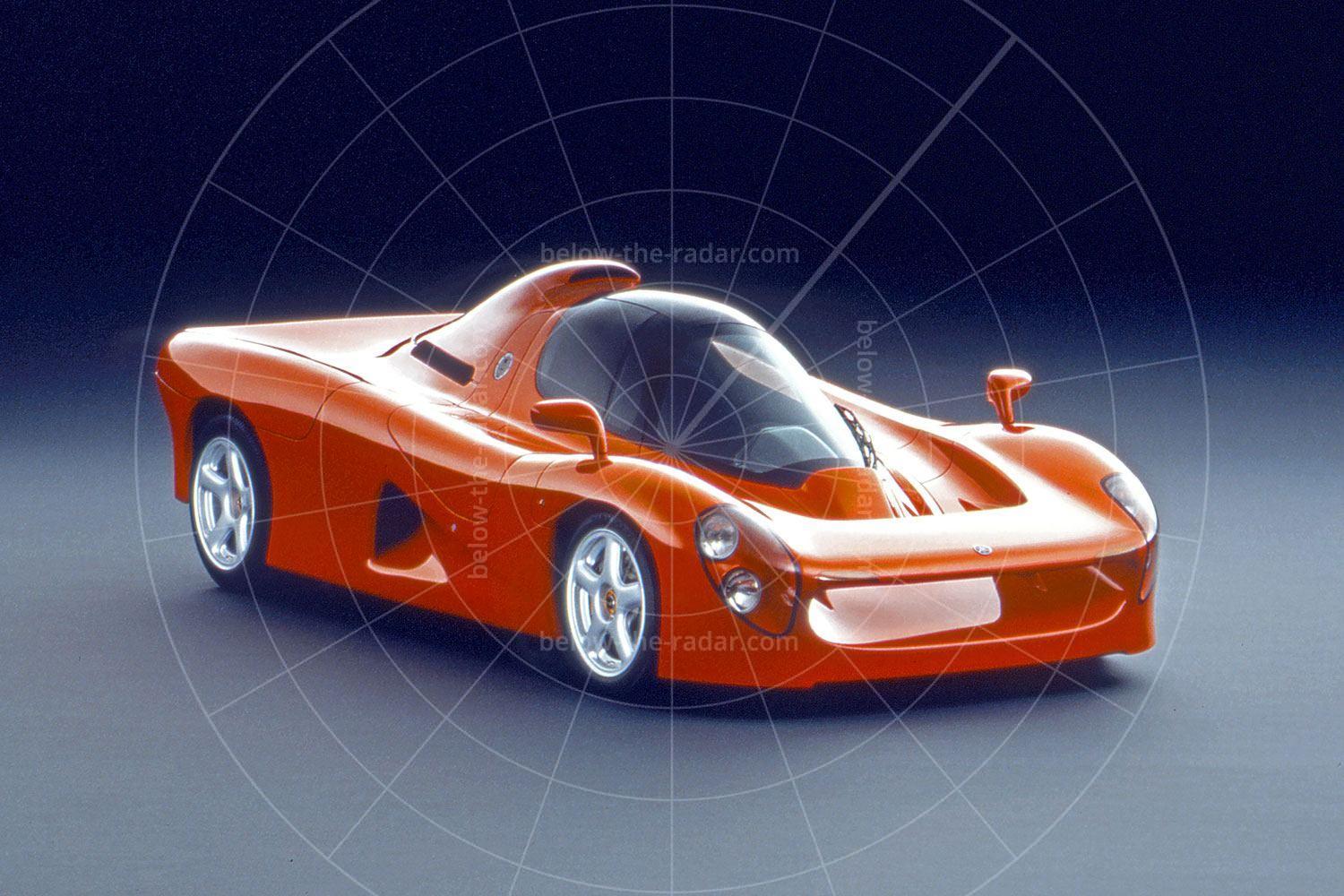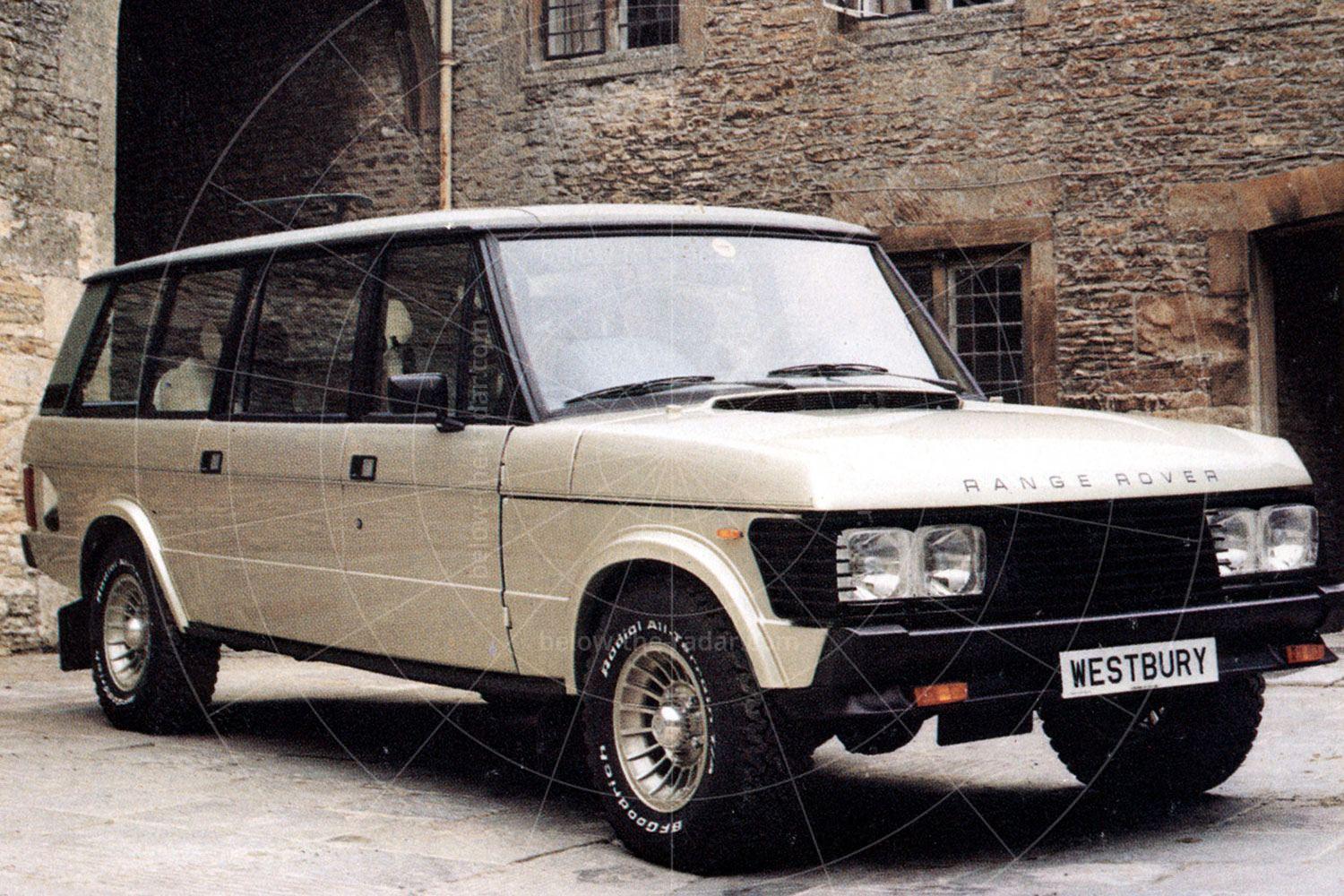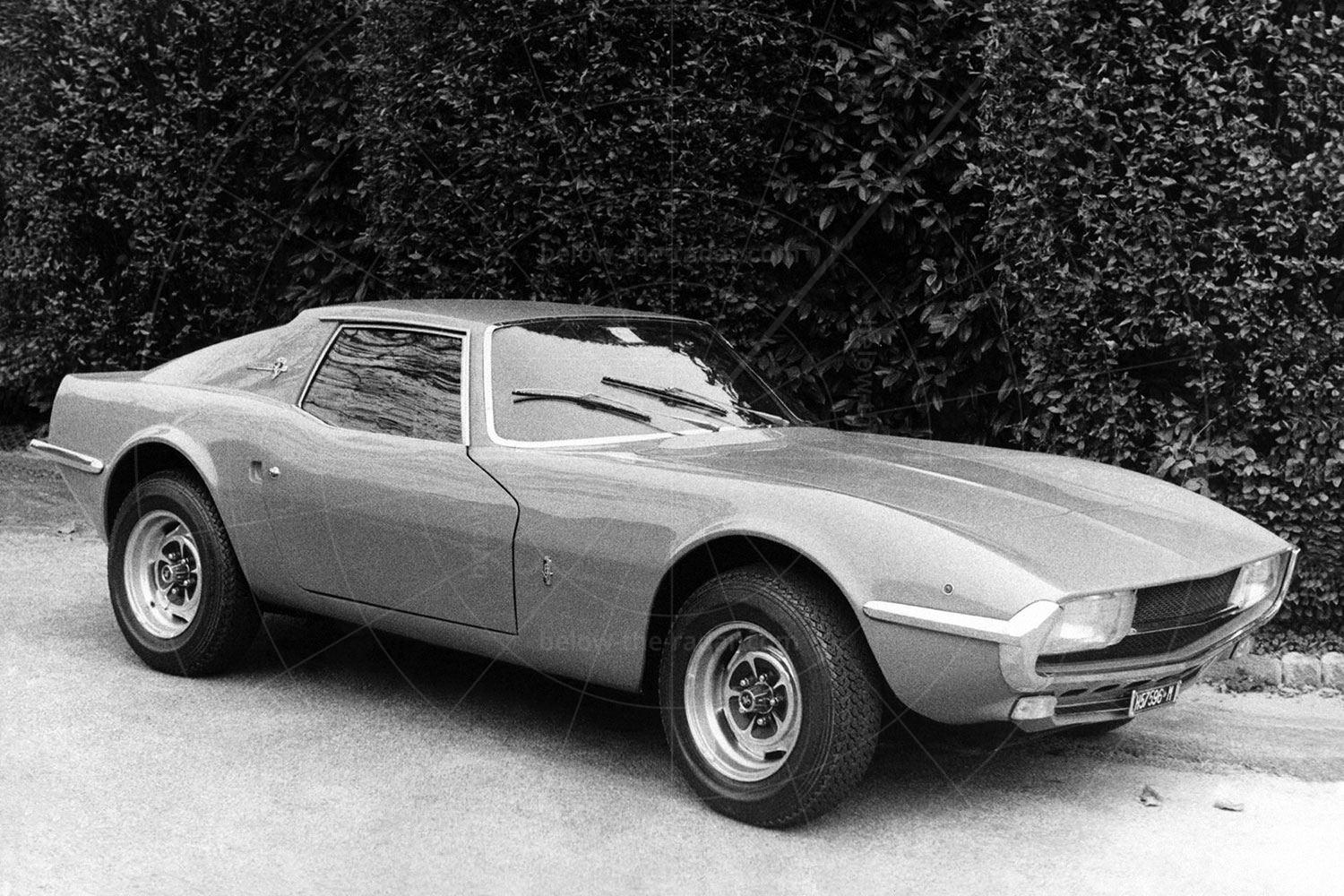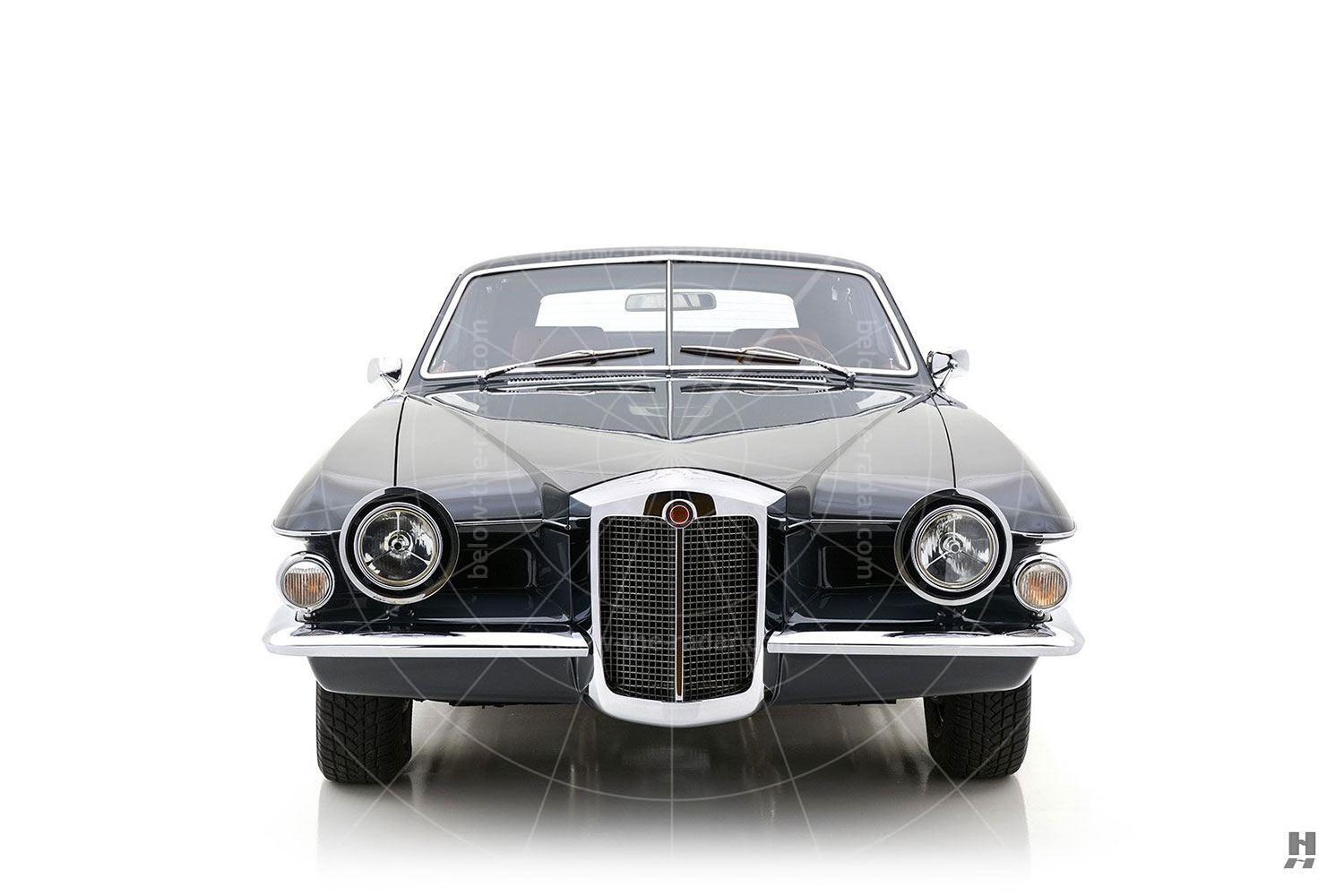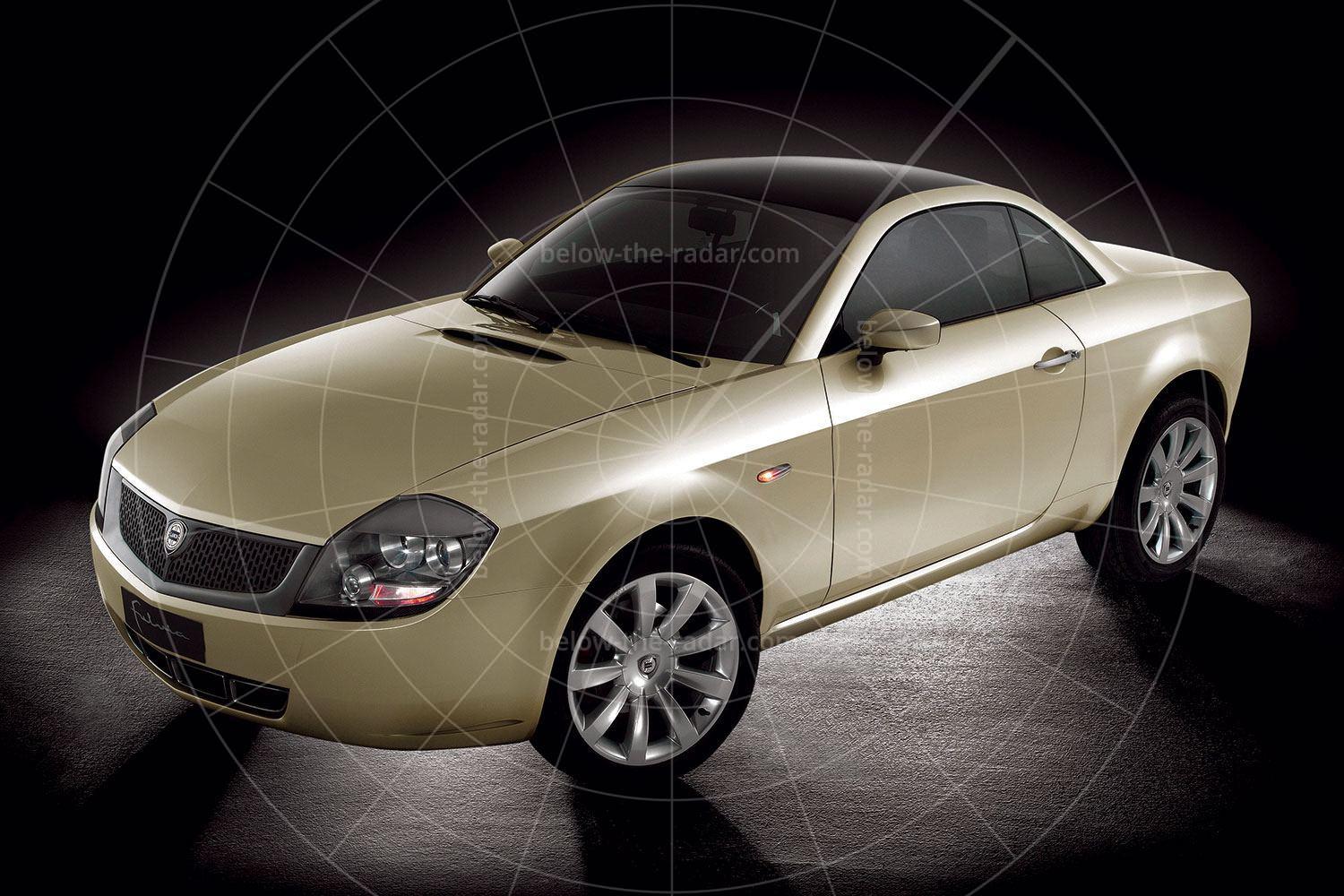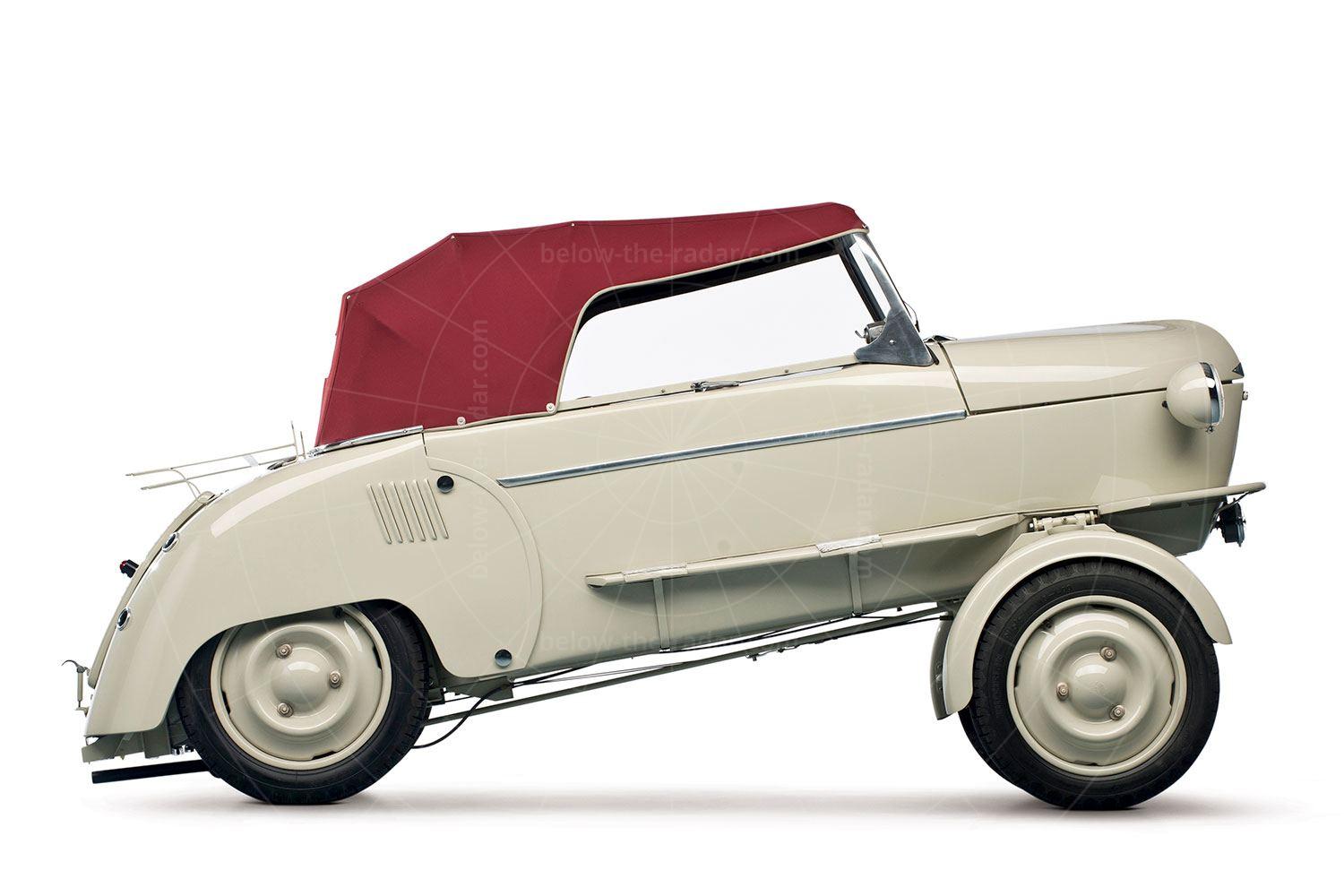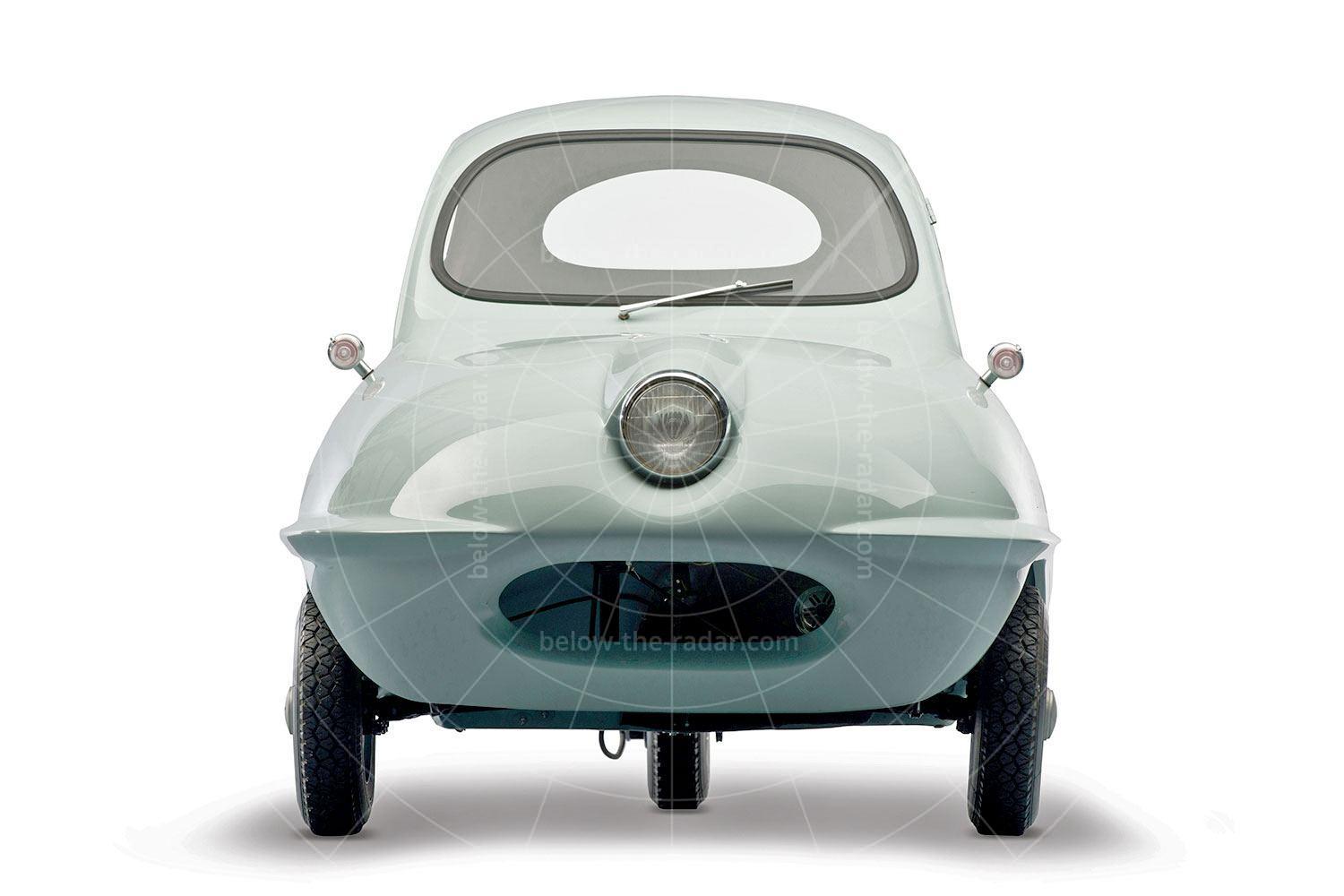Ever wondered what a car would look like, if it had been designed by someone who had overdosed on Toblerone? Well here's your answer: the Trevor Fiore-designed Citroën Karin. Check out Citroën's concept car back catalogue and you'll find no end of weird confections, including the Coccinelle, Activa and Camargue. But surely the strangest of the lot is the Karin, which was unveiled to the world at the Paris Salon in autumn 1980.
This was the first car to come out of Citroën's design studios since Trevor Fiore (real name Trevor Frost) took over the role of design director for the French marque. When asked why he took on the job, his response was: "The company has a reputation for designing avantgarde cars with a different taste. These days, manufacturers are afraid of launching cars which are different – except Citroën, and that is what appeals to me".
Designed in just 10 days and built in six months, the Karin was never a runner, but if anything like it had ever reached production, the idea was that it would be a mid-range model with a four-cylinder engine driving the front wheels, and naturally there would be hydropneumatic suspension, or it wouldn't be a proper Citroën, would it?
Fitted with three-abreast seating, the centrally located driver sat slightly forward of the two passengers, with entry and exit possible via butterfly doors (not gullwing, as generally reported elsewhere). Without a second row of seats, the Karin's length was kept down to just 3696mm (slightly longer than a contemporary Fiesta), while the width and height were 1899mm and 1073mm respectively. With such a low roof line (said Fiesta was 1360mm for comparison), the seats had to be semi-reclining to fit anybody in. There was no mention of where any luggage could be stowed and presumably a roof rack would never have made the official accessories list. Well, not unless it was very, very small.
You only have to look at the pictures here to see that the Karin was radical in every aspect of its design, yet Peter Dron and Howard Walker, who covered the Salon for Motor, were rather non-plussed. They wrote: "While Fiore, 43, was calling for the need for fresh thinking and innovation in car design, many people examining the Karin with its gull-wing doors, central driving position, large glass area and digital instrumentation were wondering what all the fuss was about, having seen it all before." Ouch.
When the Karin was being designed, Citroën had just bought electronics component manufacturer Thomson, so it made the most of this by packing in as many microchips as it could. An on-board computer fed an electronic screen in front of the driver, while there were pop-up rear-view mirrors incorporated into each front wing. Another screen in front of the passenger could be used as a television, or it could take its feed from a rear-facing camera built into the rear panel. And being a Citroën, if there was one thing that was guaranteed, it was that all of the electronics and electrics would keep working perfectly for years to come…
Incredibly – and completely unpredictably – nothing like the Karin went into production, with none of its styling or technological themes adopted for Citroën's production cars. Stung by poor consumer reaction to its Visa, Citroën had to play things safe with its production cars, not that 1982's BX was what you'd call derivative in its design, nor 1989's XM for that matter. And while the Karin may not have reached showrooms, at least the show car has survived; it's still owned by Citroën and resides in Conservatoire Citroën, the company's brilliant stash of historic cars on the outskirts of Paris.
Unfortunately for Fiore, the Karin was overshadowed by a six-wheeled CX created by French coachbuilder Tissier. Although this was located at the opposite end of Citroën's stand, the CX – of which we don't have a picture, sadly, although there are some online – was known as the Penthouse. It cost a rather steep £32,000 for those wanting to buy one, and as well as a third row of seats being added (plus that third axle), this 22-foot long camper was also fitted with a comprehensive hi-fi, television, drinks, fridge, coffee machine and a telephone. To power it all there was an on-board petrol-engined generator. It's not recorded whether anybody bought a CX Penthouse and while this was the start of the Oil Sheikh age, when ludicrous conversions were being carried out left, right and centre, we suspect that only the show car was ever built. The question is – of course – what happened to it?

